



Wakayama Guide
Wakayama is a Japanese prefecture in the Kansai region, on Honshu island's Kii Peninsula. Wakayama is the capital city of Wakayama Prefecture. The population density as of October 1, 2010, was 1,755.47 persons per km. The total area is 209.20 km (130 sq. mi).
Wakayama is split in two by the Kinokawa River. The city is bordered at the north by mountains and Osaka Prefecture. Wakayama's namesake capital is home to Wakayama Castle, an Edo-period replica set in a hilltop park with city views. Pilgrimage routes connect a trio of Shinto shrines collectively known as Kumano Sanzan. More than 100 temples rest among the peaks of Mount Koya, where Shingon Buddhism is headquartered.
Among Mount Koya's sacred sites is Okunoin, a temple housing the mausoleum of Kobo Daishi, founder of Shingon Buddhism. Kongobu-ji, the head temple of Koyasan Shingon Buddhism, is home to Banryutei, a large rock garden with stones arranged to represent dragons rising from the clouds. Wakayama is also known for natural features such as Nachi Falls, a waterfall with a 133m (436 ft) drop surrounded by forest. Shirahama is a beach resort town known for its hot springs, while a cluster of islands known as Tomogashima form part of Setonaikai National Park.
In order to experience what Wakayama has to offer, you must explore outside of the capitol city of Wakayama City. However, the city itself does have a large temple called Kimiidera which is worth visiting. It boasts the largest wooden Buddha in Japan. There's also a post-WWII reconstructed castle. Located in the city center, Wakayama Castle is built on Mt. Torafusu (the name means "a tiger leaning on his side"). During the Edo period, the Kishu Tokugawa daimyo ruled from Wakayama Castle. Tokugawa Yoshimune, the fifth Kishu Tokugawa daimyo, became the eighth Tokugawa shogun.
Wakayama Castle is the major sightseeing attraction of Wakayama. After the castle was severely damaged during WWII, the vast majority of the buildings were rebuilt in 1958. The entry gate of the castle was rebuilt in 1989. The castle is a concrete replica of the original.
Wakayama Prefecture is situated in the southwestern portion of the Japanese island chain and is the southern most prefecture of the Kansai region. It is where you can find some of the most breathtaking natural landscapes in all of Japan. Wakayama is particularly mountainous and the JR train lines trace the coast, providing breathtaking scenes of dramatic, rocky coastline bordered by lush, green mountains and pastoral small towns. The ancient Buddhist pilgrimage route connecting Japan's most sacred temples and shrines, the Kumano-Kodo, winds through the mountains here.
To the east of Wakayama city, is the famous sacred mountain Koya-san, the birthplace of the Shingon Buddhist sect and the largest cemetary in Japan: a place of moss-covered otherworldy beauty and burial place of feudal lords and samurai. Temples dominate this town, which still revolves entirely around the acitivities of the temples. Koya-san was founded by the Kobo-Daishi, a figure known to all Japanese and credited with many legendary feats such as inventing katakana. Koya-san is easily accessible from Kyoto, Nara, and Osaka. Trains from those cities connect to Koya's cable car train.
In the mountainous central area of Wakayama you can find Ryujin, an area famous across Japan for its hot springs, or onsen. It's a place of wild scenic beauty, especially during the fall when the leaves change color.
South of Ryujin is Hongu, best known for Hongu-taisha, one of the sacred shrines on the Kumano-Kodo. Its newly-built visitor's center has information in English. A riverboat tour down the crystal-clear waters of the river affords views of the old route as well as waterfalls and dramatic rock formations.
On the central west coast of Wakayama, you can find Shirahama, a white sand beach sought after by visitors from all over Japan. Besides the beach, Shirahama is known for having some of the best onesen, or hot springs, in all of Japan.
At the very southern tip of Wakayama is Kushimoto. This is the southernmost point of Honshu, Japan's main island. Located there is a Marine Park, noted for for snorkeling and diving.
Nachi-katsuura, just to the northeast of Kushimoto, is home to Japan's tallest waterfall: Nachi Falls. Adjascent to the falls is a temple complex. One climbs to the top of a small hill from the base of the waterfall. It's worth it just for the view of the waterfall with temple buildings in the foreground. Nachi-katsuura is, as the rest of Wakayama, rich in natural hot springs.
Sources: Wikipedia and WikiTravel.org
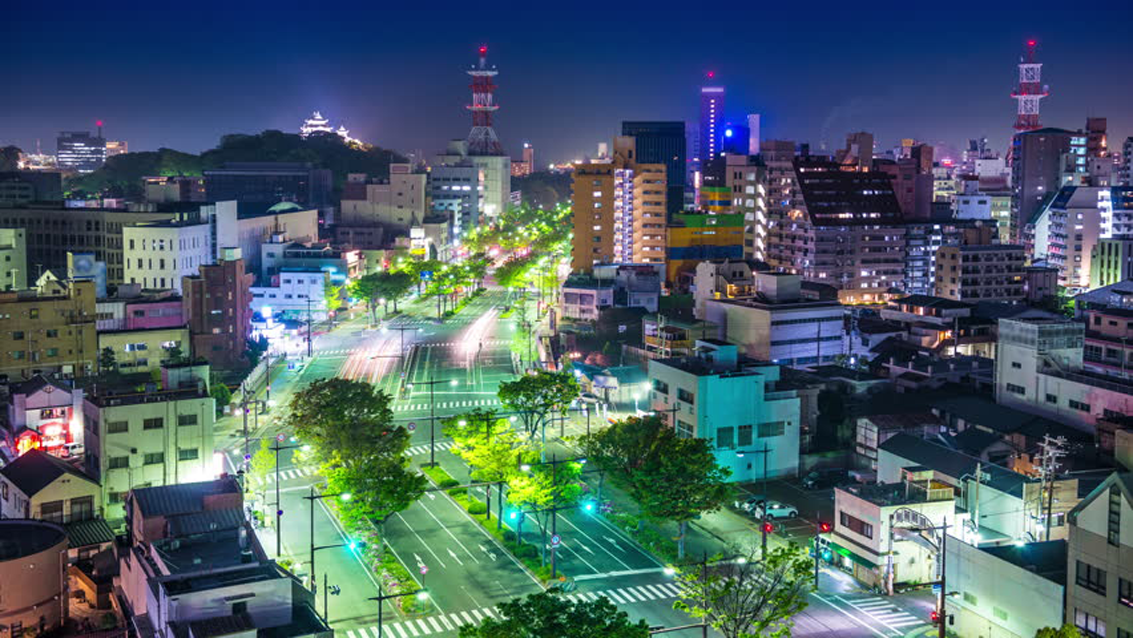
Wakayama City, Wakayama cityscape. Click to zoom.
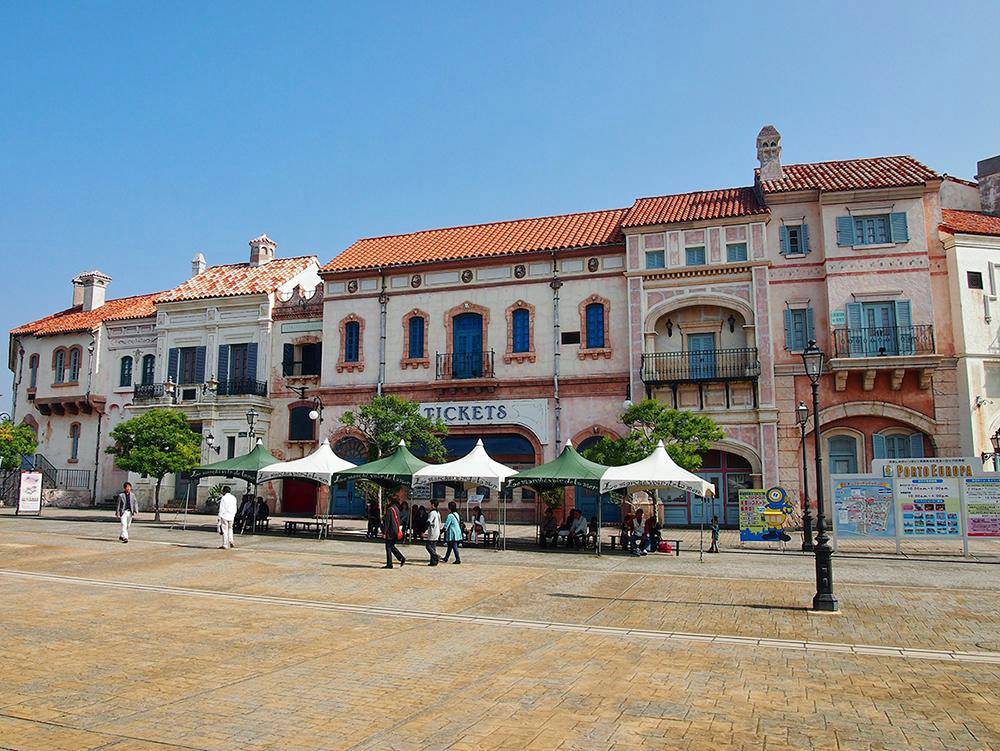
Marina City. Click to zoom.
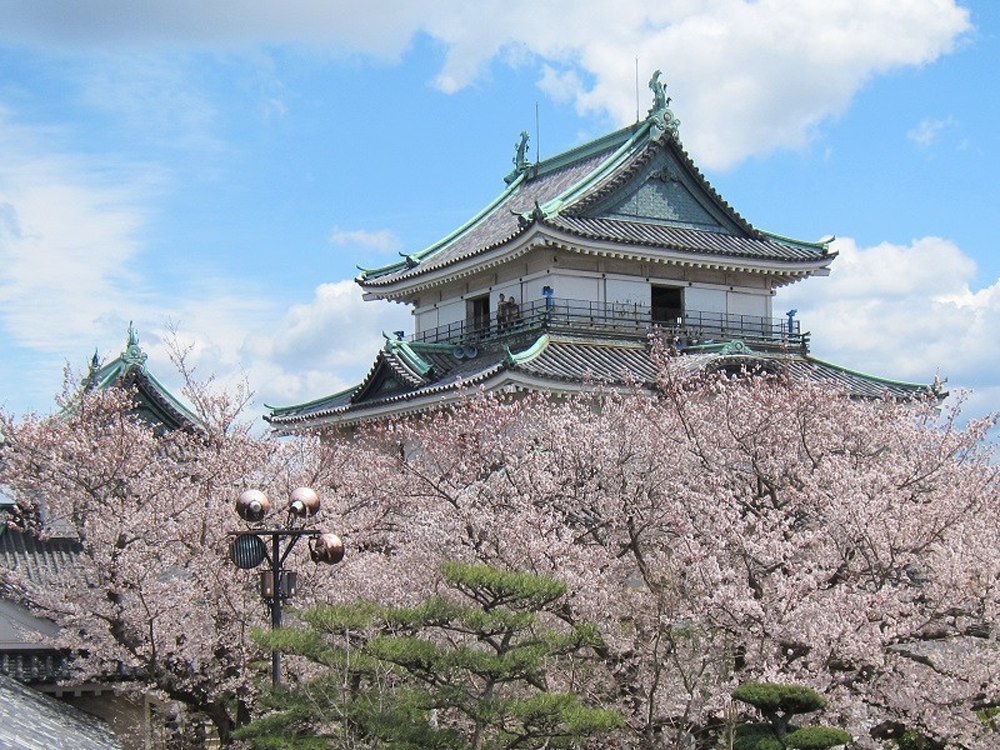
Wakayama Castle. Click to zoom.
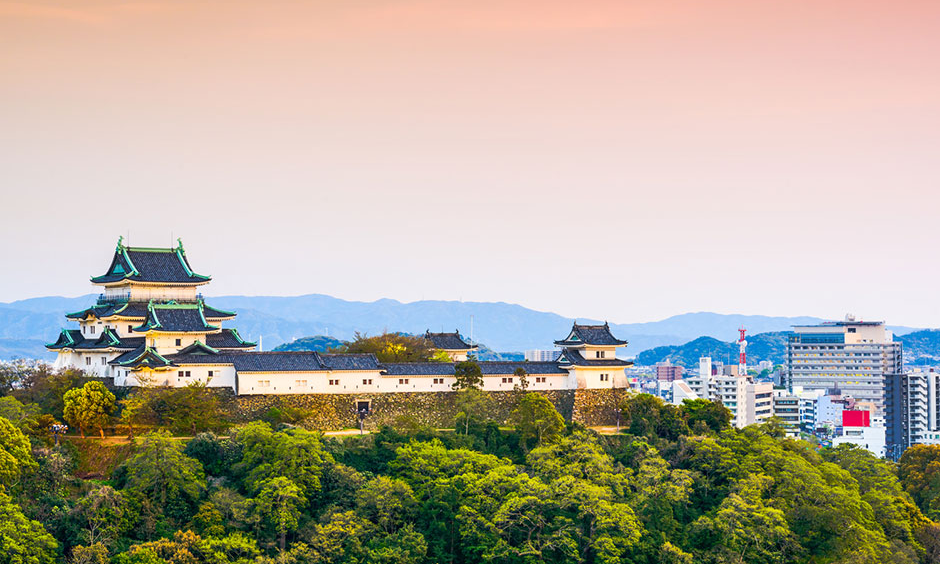
Wakayama Castle and city. Click to zoom.
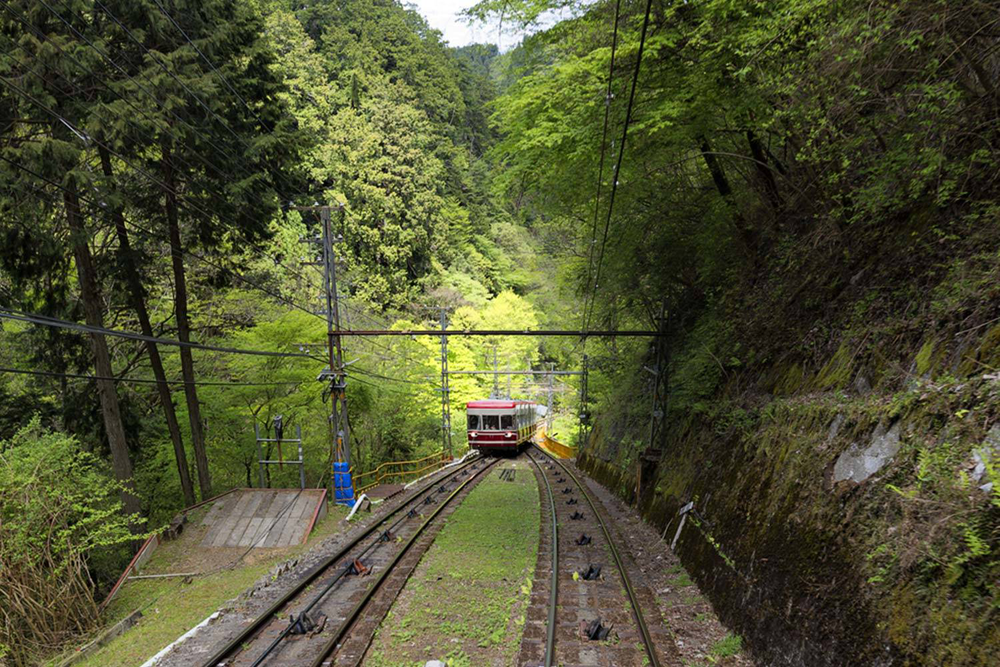
Tram climbing Mount Koya, 800 meters above sea level. Click to zoom.
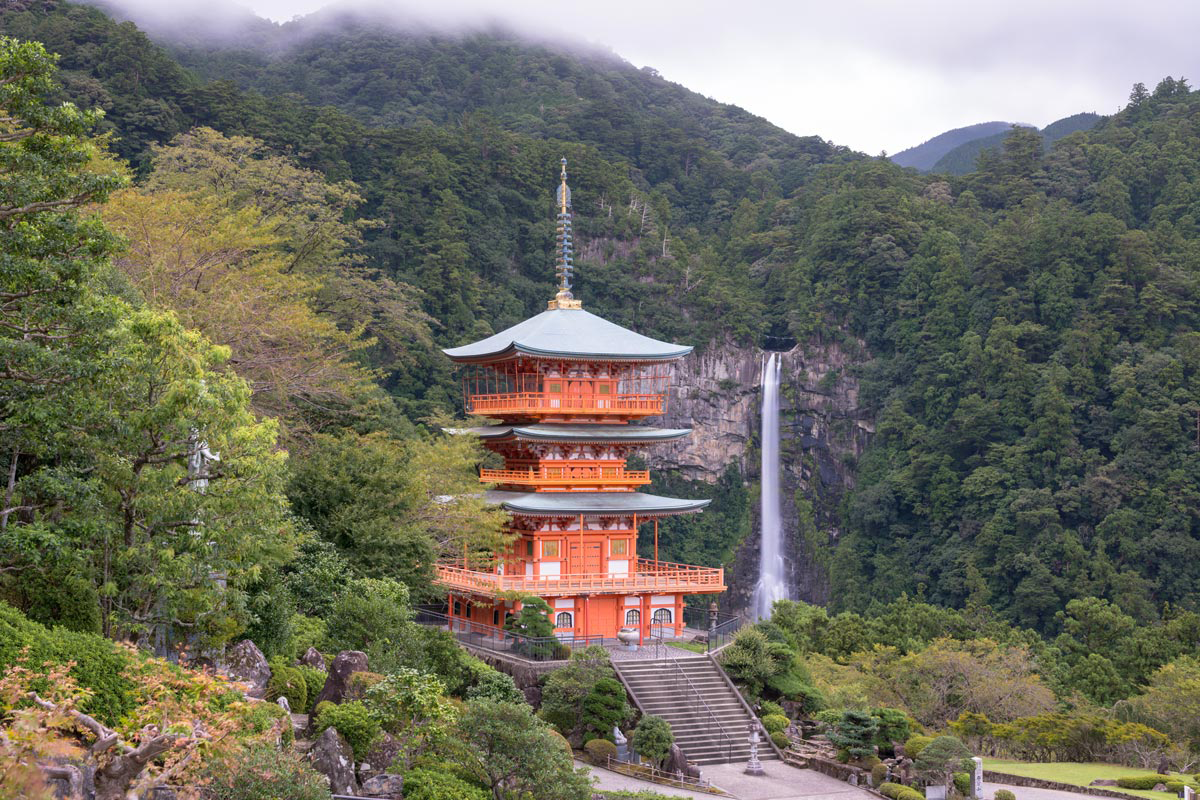
The pagoda of Seigantoji with Nachi Falls in Japan’s Wakayama Prefecture. Click to zoom.


